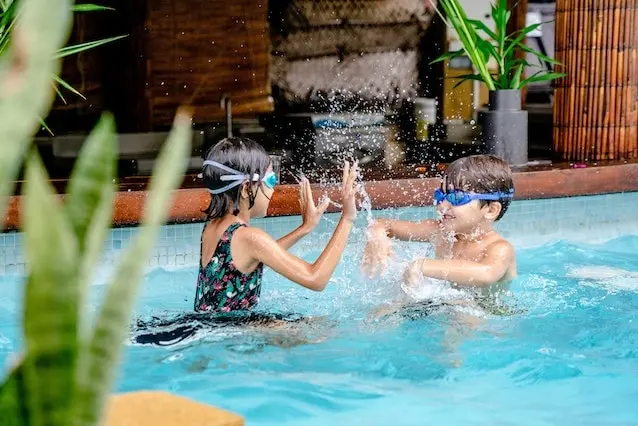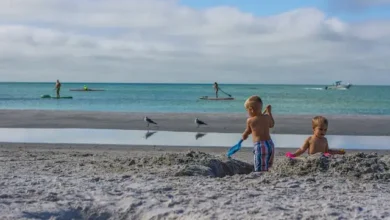Water Babies 101: A Parent’s Guide to Choosing the Best Infant Swimming Class
It’s a happy event to welcome a new family member, and most parents are excited to show their babies the benefits of swimming. Finding the ideal baby swimming program can be challenging, though. We’ll walk you through the important factors and answer frequently asked concerns in this in-depth guide to ensure you and your Babies have a safe and fun experience.
Table of Contents
Why Should I Enroll My Babies in Swimming Classes?
a. Water Familiarity: Early exposure to water helps infants become familiar and comfortable in aquatic environments, reducing fear in the long run.
b. Safety Skills: Infant swimming classes often incorporate essential water safety skills, such as floating and basic swimming motions, which can be life-saving in emergencies.
c. Bonding Experience: Swimming together creates a unique bonding experience between parents and infants, fostering trust and connection.
When is the ideal time to start infant swimming classes?
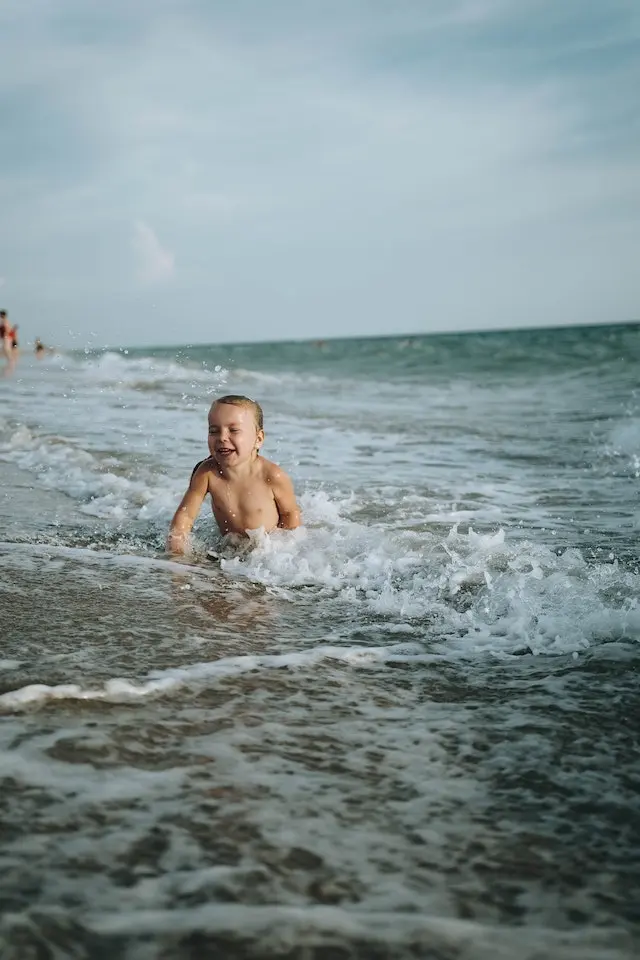
a. Age Consideration: Most experts recommend starting infant swimming classes around six months, when babies have sufficient neck control.
b. Developmental Milestones: Ensure your baby can hold their head up, has good overall muscle control, and shows curiosity about water.
c. Temperature Considerations: Choose a class in a warm pool environment, typically around 90 degrees Fahrenheit (32 degrees Celsius).
How do I choose the right swimming instructor for my Babies?
a. Certification and Experience: Look for instructors certified in infant and toddler swimming instruction. Experience with young children is crucial.
b. Teaching Style: Opt for instructors who use a gentle and patient teaching style, creating a positive and encouraging environment.
c. Parental Involvement: Inquire about the level of parental involvement encouraged in the classes. Classes that involve parents enhance the bonding experience.
What safety measures should infant swimming classes have in place?
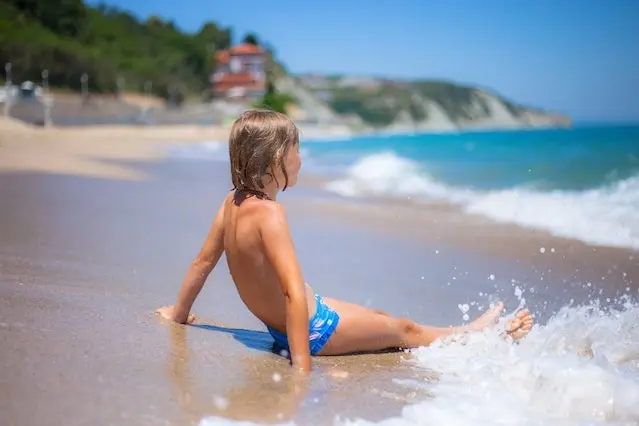
a. Qualified Lifeguards: Ensure that qualified lifeguards are present during classes, especially if the class includes multiple Babies.
b. Hygiene Standards: Verify the cleanliness and hygiene practices of the facility to minimize the risk of infections for your Babies.
c. Emergency Protocols: Inquire about the facility’s emergency protocols, including CPR training for staff and how they handle potential emergencies.
How Can I Help My Infant Feel Comfortable in the Water?
a. Gradual Introduction: Begin with gentle water play at home, like in the bath, to help your babies become accustomed to the sensation of water.
b. Positive Reinforcement: Use positive reinforcement techniques, such as gentle praise and soothing words, to create a positive association with water.
c. Comfortable Swim Gear: Invest in high-quality swim diapers, a snug-fitting swimsuit, and, if needed, a baby-friendly flotation device for added comfort.
What skills should infant swimming classes focus on?

a. Breath Control: Classes should include activities that promote breath control, a fundamental skill for swimming.
b. Floating Techniques: Teaching infants to float on their backs is a crucial safety skill that should be part of the curriculum.
c. Introduction to Submersion: A gradual introduction to submersion helps infants become comfortable with their faces in the water.
How Do I Assess if My Infant is Ready for the Next Level of Swimming Classes?
a. Developmental Progress: Evaluate your baby’s developmental progress, such as increased comfort in the water and improved motor skills.
b. Instructor Feedback: Seek feedback from the swimming instructor, as they can provide valuable insights into your baby’s readiness for the next level.
c. Interest and Enjoyment: Gauge your baby’s interest and enjoyment during classes. If they show enthusiasm, they might be ready for a more advanced class.
What Should I Bring to an Infant Swimming Class?

a. Swim Diapers: Invest in reusable or disposable swim diapers to maintain cleanliness in the pool.
b. Extra Clothing: Pack extra clothing for both you and your baby, including a cosy towel and warm clothing for after the class.
c. Feeding Essentials: If your baby is on a feeding schedule, bring essentials like a bottle or breastfeeding cover for post-swim nourishment.
How Can I Encourage Continued Water Safety at Home?
a. Supervised Water Play: Always supervise water play at home, even in shallow areas like the bathtub, to reinforce safety habits.
b. Regular Exposure: Regular exposure to water, through baths or gentle water play, helps maintain your baby’s comfort and familiarity.
c. Constant Vigilance: Be vigilant around water sources, even small ones like buckets or sinks, to prevent accidental submersion.
Can infant swimming classes aid in developmental milestones beyond water skills?
a. Physical Development: Swimming classes enhance gross motor skills, muscle strength, and coordination.
b. Cognitive Benefits: Water activities stimulate cognitive development by engaging the baby’s senses and fostering spatial awareness.
c. Social Interaction: Classes with other infants provide valuable social interaction, contributing to emotional and social development.
Conclusion
Choosing the right infant swimming class involves thoughtful consideration of factors that ensure a positive, safe, and enjoyable experience for both parents and babies. By following this guide and understanding the nuances of infant swimming, you’ll set the foundation for a lifetime of water confidence and safety for your little one.
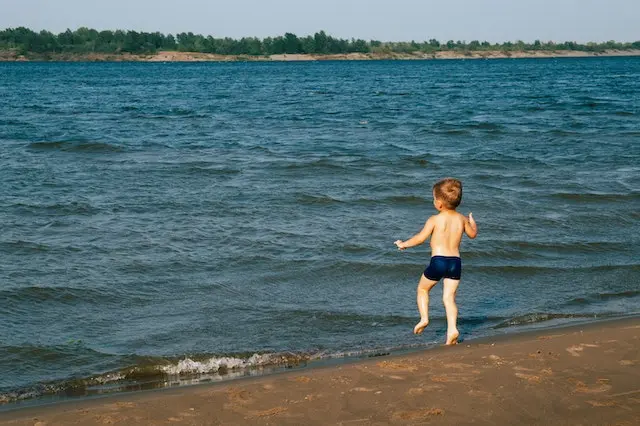
Are infant swimming classes safe for my baby, and how can I ensure their safety during lessons?
a. Instructor Qualifications: Ensure that the swimming instructor is certified in infant and toddler swimming instruction and has experience working with babies. b. Safety Measures: Choose classes held in facilities with qualified lifeguards, clear emergency protocols, and high hygiene standards. c. Parental Vigilance: Always maintain close supervision of your baby during classes, be attentive to their comfort level, and communicate any concerns with the instructor promptly.
What if my baby seems uncomfortable or fearful during swimming classes? How can I address this?
a. Gradual Exposure: If your baby appears uncomfortable, consider gradual exposure to water through gentle play at home, such as in the bath, before attending classes. b. Positive Reinforcement: Use positive reinforcement techniques, including soothing words and gentle praise, to create a positive association with water. c. Consult the Instructor: Discuss any concerns with the swimming instructor. They may provide additional strategies to help your baby feel more at ease and adjust to the water environment.
